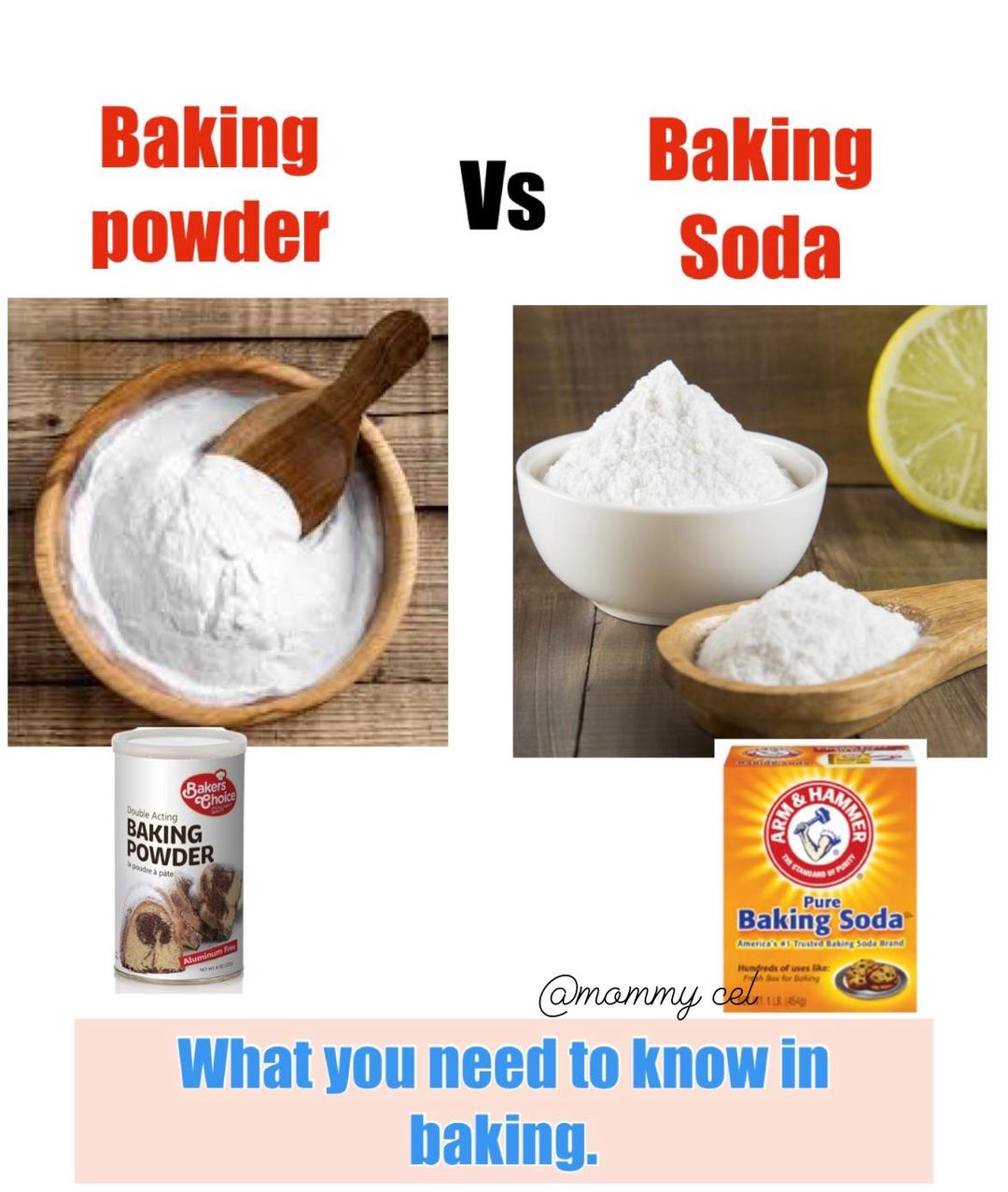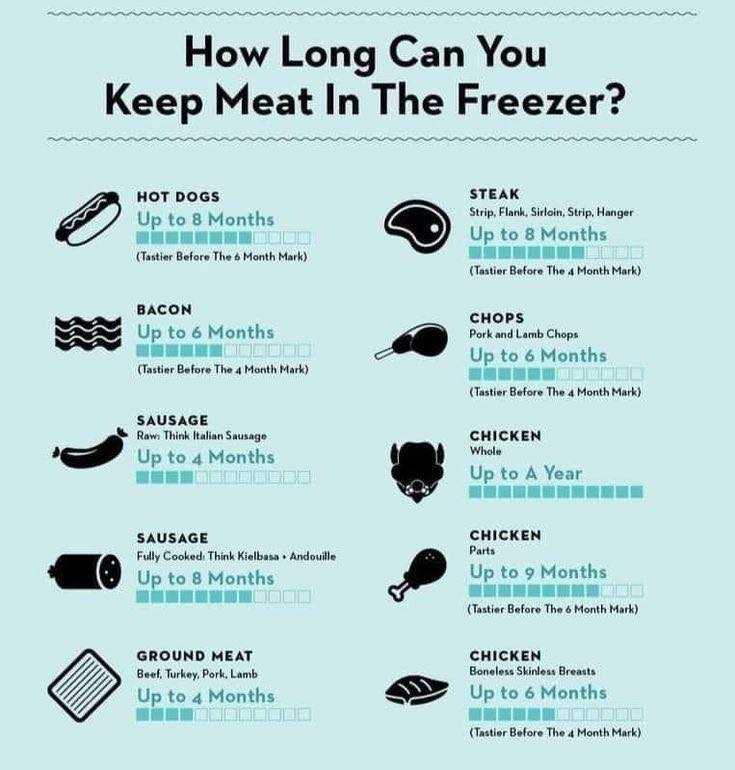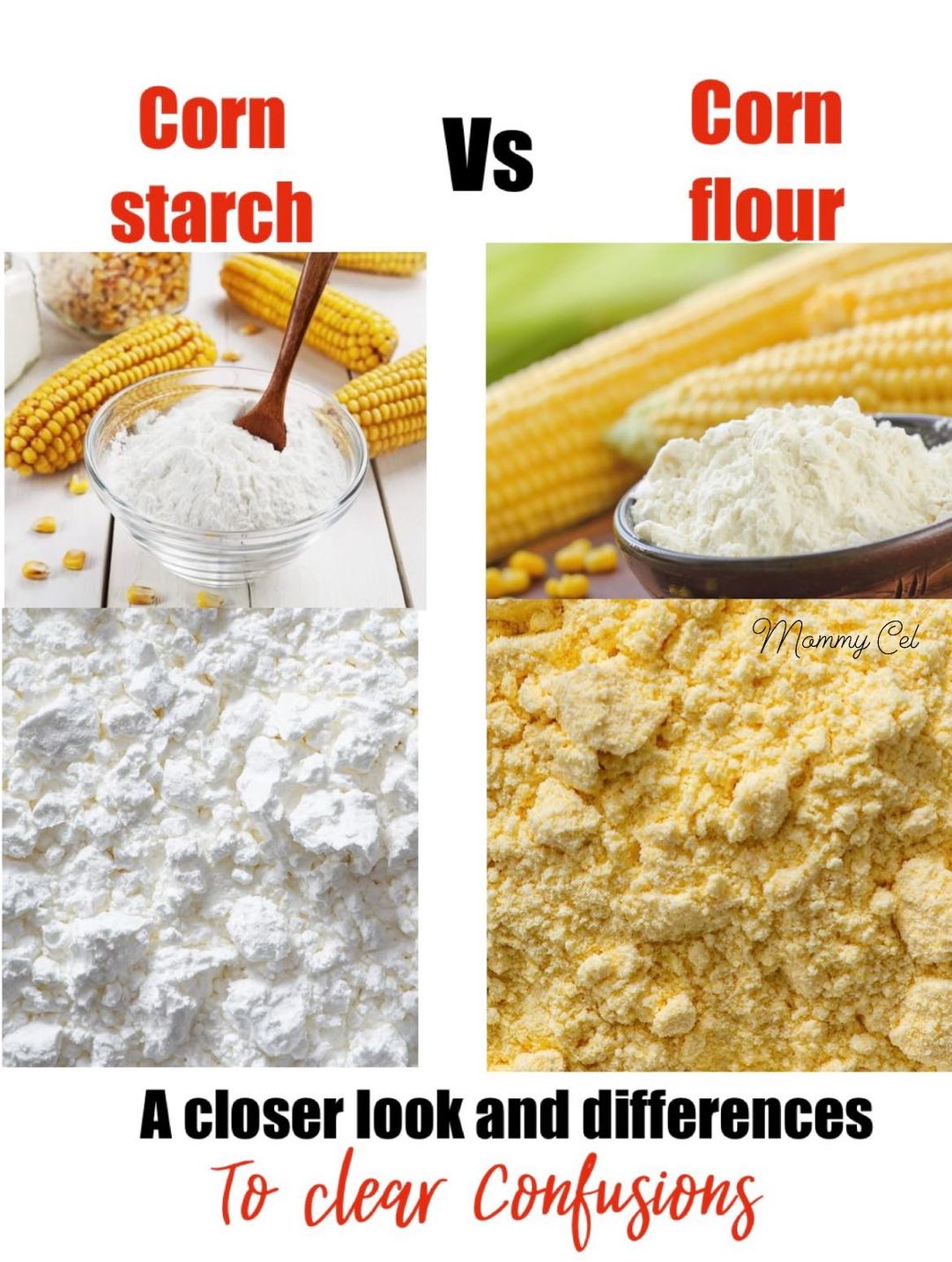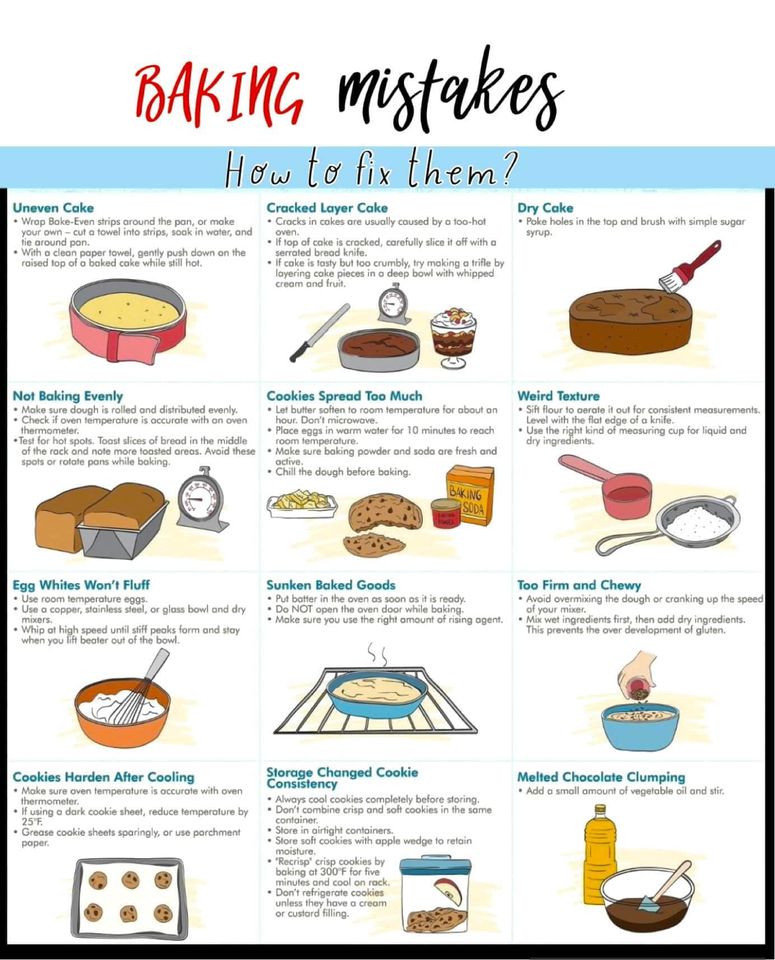Understanding Baking Powder versus Baking Soda

How they work in our baking needs.
Baking is not just about following a recipe; it’s a science that involves the careful balance of ingredients to achieve the perfect texture, rise, and taste in your baked goods.
Two common leavening agents in baking are baking soda and baking powder, and understanding the differences between them is key to successful baking.
Baking Soda (Sodium Bicarbonate):
Baking soda is a pure chemical compound known as sodium bicarbonate. It’s a base that requires an acid to activate its leavening properties.
How it works:
When baking soda encounters an acid (like yogurt, lemon juice, or vinegar) in a recipe, a chemical reaction occurs. Carbon dioxide gas is released, causing the dough or batter to rise. This reaction happens quickly, so it’s essential to bake your goods immediately after mixing.
Common uses:
Baking soda is ideal for recipes with acidic ingredients like buttermilk, sour cream, or molasses. It’s commonly used in recipes like pancakes, quick bread, and some cookies.
Baking Powder:
Baking powder is a mixture of baking soda, an acid (usually cream of tartar), and a starch (like cornstarch) to prevent clumping. There are two types: single-acting and double-acting.
How it works:
Single-acting baking powder releases carbon dioxide gas as soon as it’s mixed with liquid and acid in a recipe.
Double-acting baking powder, on the other hand, releases gas both when mixed and when exposed to heat during baking. This allows for a more controlled rise and a longer time window for baking.
Uses:
Baking powder is versatile and works well in recipes without acidic components. It’s often used in cakes, muffins, and biscuits, where a more delicate rise is desired.
Balance of Ingredients:
The choice between baking soda and baking powder depends on the overall pH of your recipe.
Acidic recipes require baking soda, while neutral or alkaline recipes benefit from baking powder.
Storage:
Keep both baking soda and baking powder in airtight containers in a cool, dry place to maintain their effectiveness.
In summary, baking soda and baking powder are essential tools in the baker’s arsenal.
Understanding how they work and when to use them is crucial for achieving the desired texture and rise in your baked goods.
Whether you’re making fluffy pancakes, tender muffins, or perfectly risen cakes, the right leavening agent can make all the difference in the world of baking.





